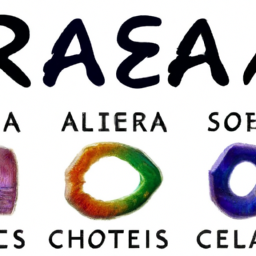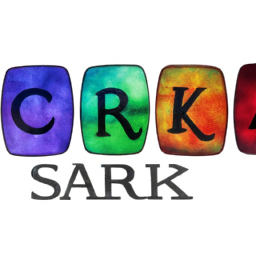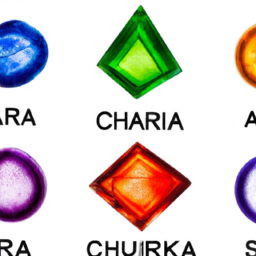
The concept of chakras is deeply rooted in ancient Indian philosophy and is believed to have originated in the Indus Valley Civilization around 2500 BCE. The word ‘chakra’ is derived from the Sanskrit word meaning ‘wheel’ or ‘circle’. It refers to the seven energy centers in the human body which are believed to be responsible for physical, mental and spiritual well-being.
These energy centers are thought to be connected to different organs and glands in the body and when they are in balance, they promote overall health and harmony.
The Seven Chakras
According to Hindu and Buddhist traditions, there are seven main chakras along the spinal cord, starting at the base of the spine and extending to the crown of the head. Each chakra has a specific color, symbol, element, and mantra associated with it.
-
- Root Chakra: Located at the base of the spine, this chakra is associated with the color red, the element of earth, and the mantra ‘Lam’. It represents our physical survival, stability, and security.
-
- Sacral Chakra: Located at the lower abdomen, this chakra is associated with the color orange, the element of water, and the mantra ‘Vam’. It is linked to our emotions, creativity, and sexuality.
-
- Solar Plexus Chakra: Located at the upper abdomen, this chakra is associated with the color yellow, the element of fire, and the mantra ‘Ram’. It is linked to our self-esteem, confidence, and personal power.
-
- Heart Chakra: Located at the center of the chest, this chakra is associated with the color green, the element of air, and the mantra ‘Yam’. It represents love, compassion, and connection with others.
-
- Throat Chakra: Located at the throat region, this chakra is associated with the color blue, the element of sound, and the mantra ‘Ham’. It is linked to communication, self-expression, and truth.
-
- Third Eye Chakra: Located between the eyebrows, this chakra is associated with the color indigo, the element of light, and the mantra ‘Om’. It represents intuition, imagination, and spiritual awareness.
-
- Crown Chakra: Located at the top of the head, this chakra is associated with the color violet or white, the element of thought, and the mantra ‘Silence’. It represents our connection with the divine and spiritual enlightenment.
The Ancient Practice of Balancing Chakras
The practice of balancing chakras has been used for centuries to promote physical, emotional, and spiritual well-being. Ancient texts like the Upanishads and the Yoga Sutras mention techniques such as yoga, meditation, mantra chanting, and pranayama to balance and activate the chakras.
It is believed that when a chakra is blocked or inactive, it can lead to physical ailments or emotional imbalances. By using these techniques, the flow of energy in the affected chakra can be restored, bringing the mind, body, and spirit into harmony.
Chakras in Modern Times
The concept of chakras has gained popularity in recent times with the rise of yoga, meditation, and alternative healing practices. Many modern wellness and mindfulness practices incorporate the teachings of chakras in their techniques.
However, there is no scientific evidence to prove the existence of chakras. Some believe that chakras are a metaphor for different aspects of our being, while others see it as a way to understand the connection between the mind and the body.
In conclusion
Whether seen as a spiritual tool or a psychological concept, the chakras have played a significant role in shaping ancient Indian philosophy and continue to intrigue and inspire people around the world. With its emphasis on balancing and harmonizing the mind, body, and spirit, the understanding of chakras is a valuable contribution to the quest for well-being.
So, next time you practice yoga or meditation, take a moment to reflect on the energy centers in your body and pay attention to any imbalances or blockages. By nurturing your chakras, you may just find a deeper connection with yourself and the world around you.





Very interesting post. You did a great job researching.
Aedin17: Great post, thank you for sharing.
Excellent overview of a complex topic!